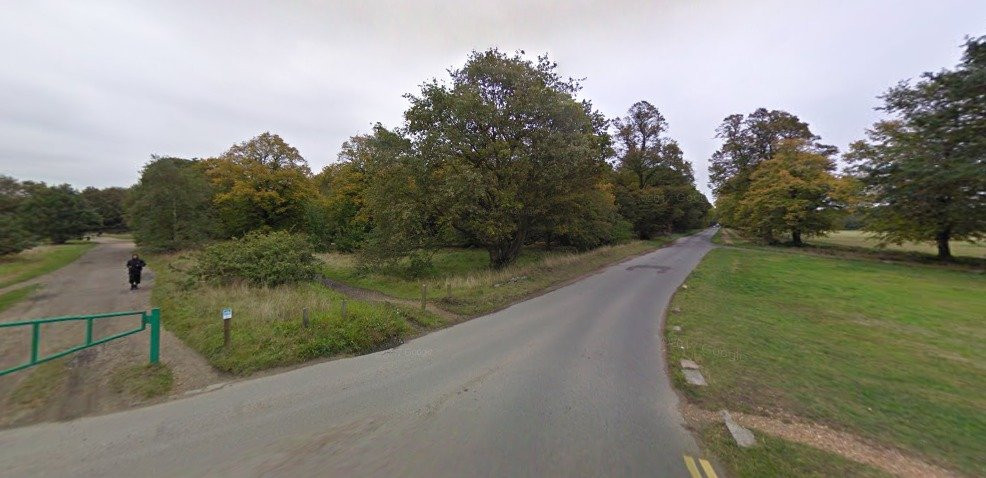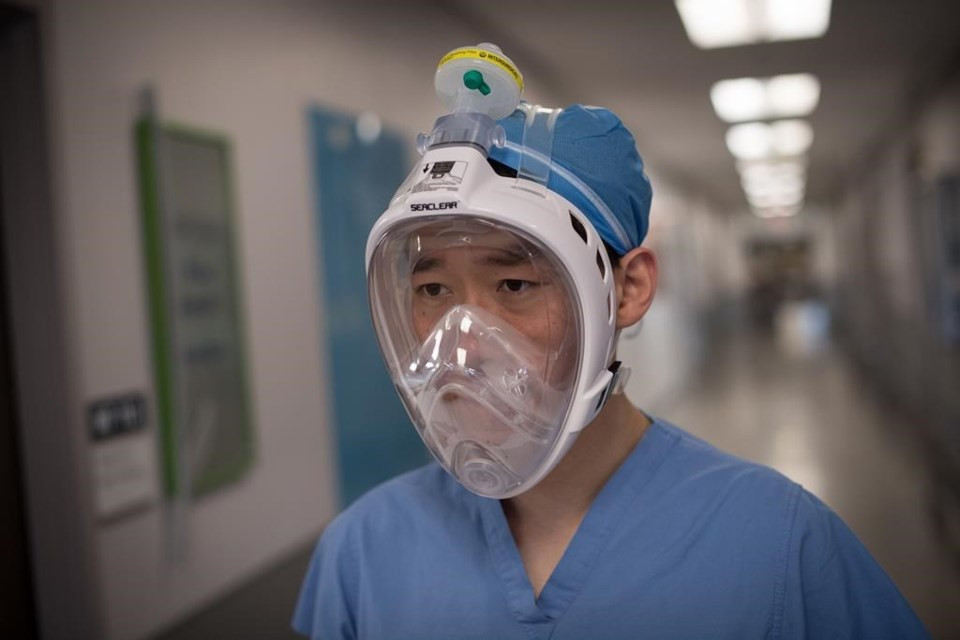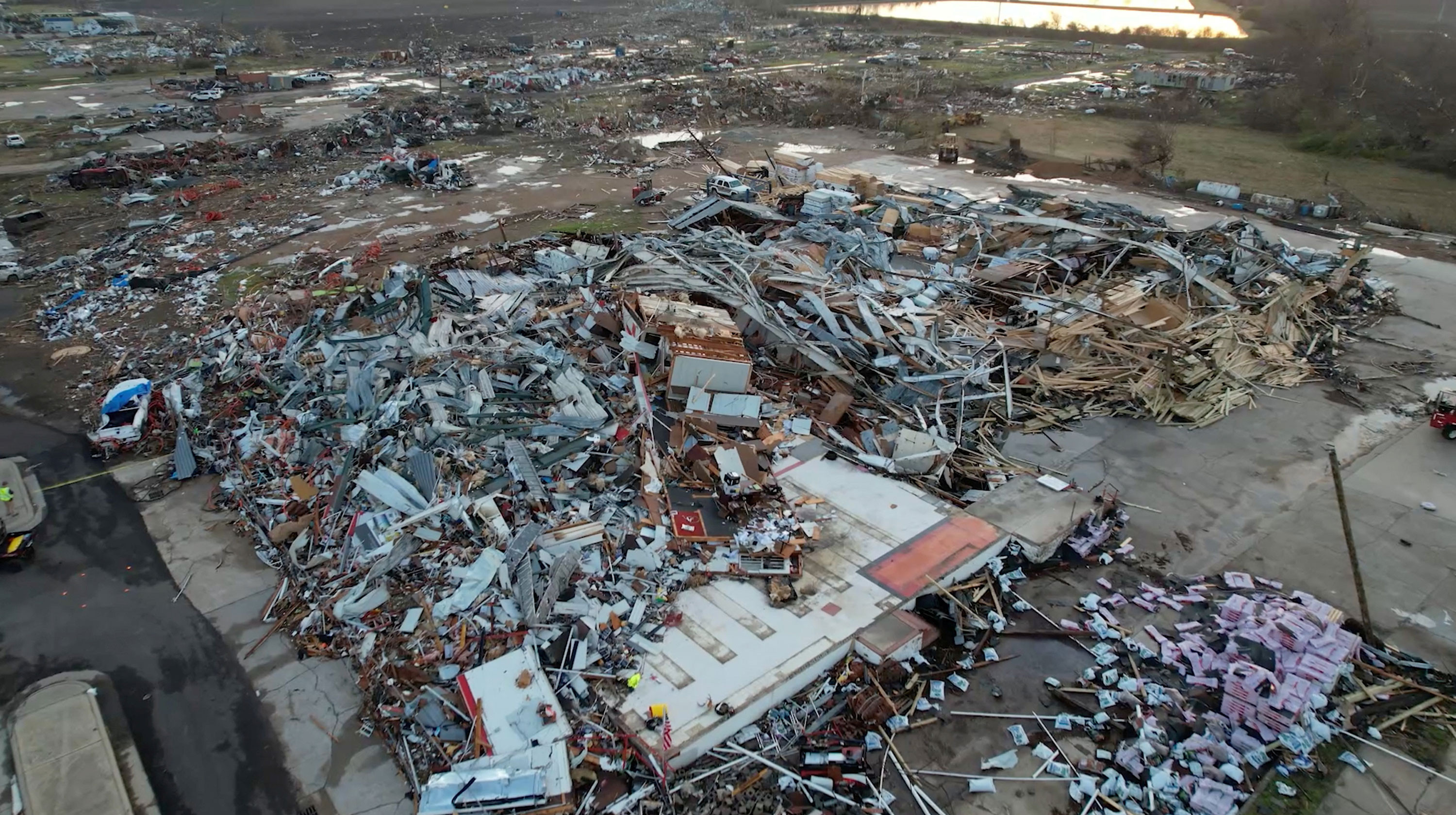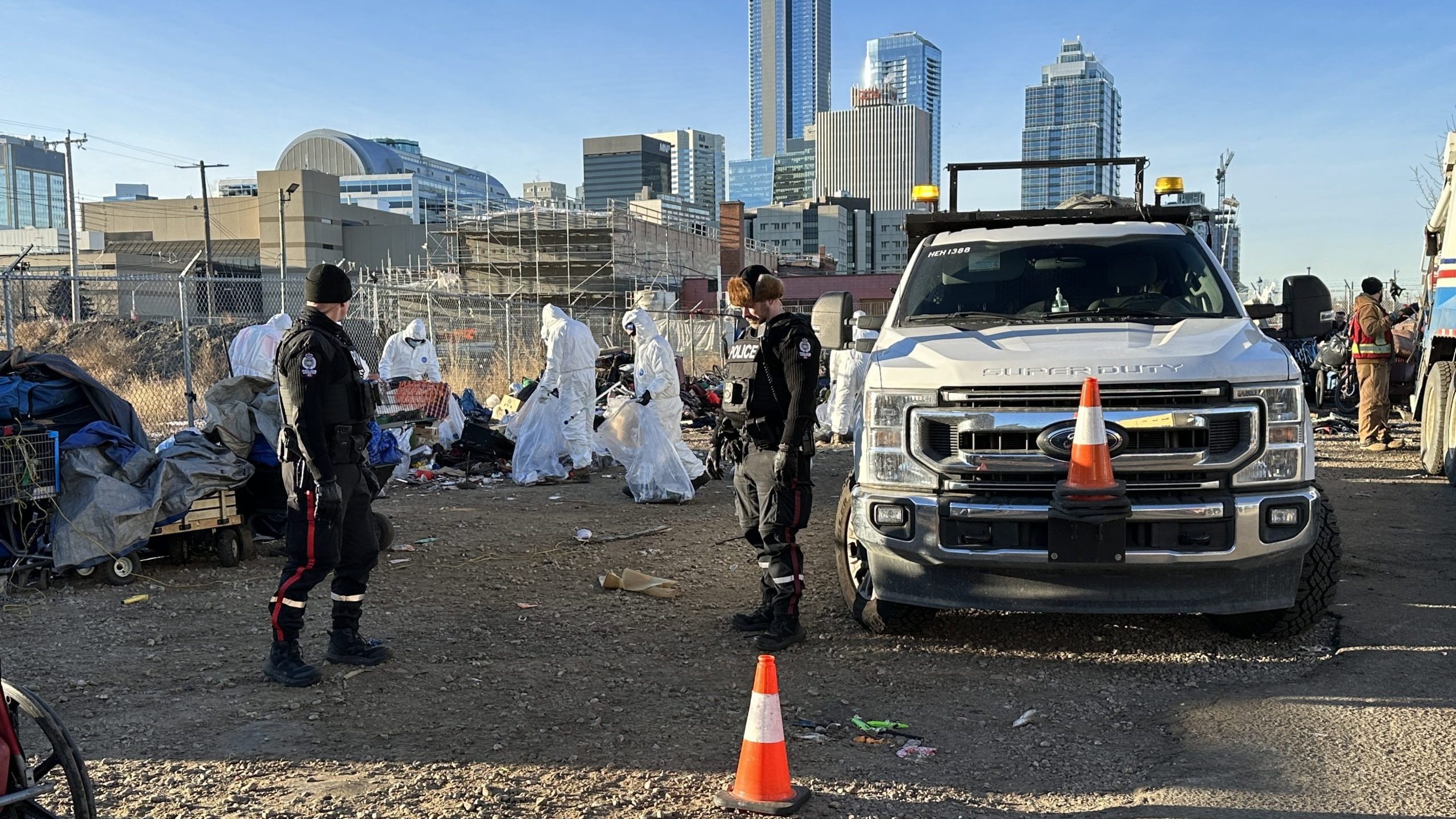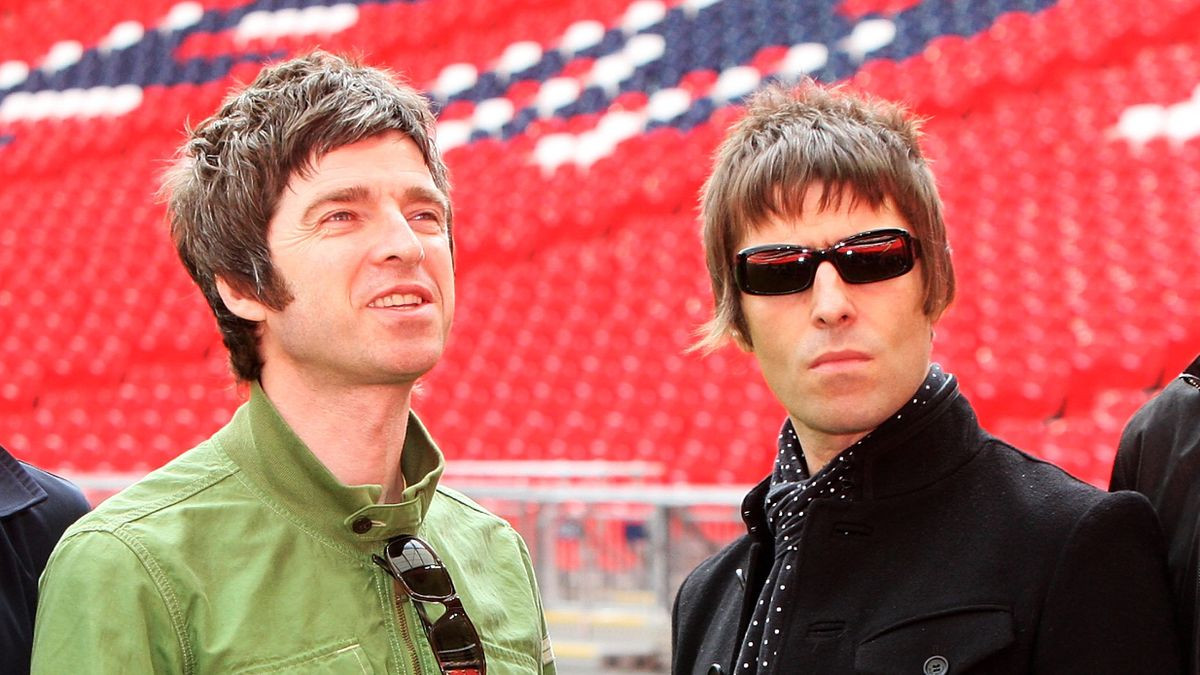Running across some 1,140 acres, the commons of Wimbledon and Putney are some of the most cherished green spaces in the capital. A Site of Importance for Nature Conservation, the area provides a sanctuary for wildlife and for visitors alike.
The Commons were created by an Act of Parliament in 1871 which provided for a Board of Conservators to ensure that the area is kept “forever open and unenclosed and unbuilt on” and it’s the job of the conservators, led by Mauro, to make sure that these three objectives remain fulfilled. Mauro has been a resident of SW19 for over 30 years. “Since moving to Wimbledon in the 1980s, I have always used the Commons. They have been integral to my life here and my son and I have played and ran and cycled all over the Commons. When I came to London from the Cotswolds, I needed open woodland space for my personal wellbeing.” He has been involved in protecting the Commons as a volunteer for a while but now he has more time to dedicate, having retired as a solicitor. “I was part of the volunteer scheme, helping cut down trees and brambles and when the opportunity came up to stand as a conservator I thought it was something I now I have time to do.”
Protecting the Commons and Balancing Needs
There are a board of eight conservators who support the chairman, five are elected and three are government appointees. “Before the 1870 Act, the Commons were sometimes used for military purposes and the government wanted to retain some sort of control, so it still has some input on Commons matters. The five elected conservators have to live within a certain distance of the Commons.” Behind the scenes, there are 27 members of paid staff who perform various functions including maintenance, office staff, keepers and groundsmen. In terms of funding the upkeep of the Commons…“We get around £1.6m a year from the levies on local residents, and our total costs are about £2.4m – we are very lucky to have the friends of Wimbledon and Putney Commons to fundraise to make up the difference, and of course there are donations.”
Regeneration of Queensmere Lake
During his time as chairman, Mauro wants to focus on the project to regenerate Queensmere Lake. “The lake was built as a swimming baths to commemorate Queen Victoria’s 50 years on the throne. It is artificially constructed and has concrete sides, so it is prone to silting so we want to make it more of a natural space, with appropriate planning around the edges and to stop silt going into the lake.” It’s the job of the chairman to make sure the protection of flora, fauna and wildlife is managed harmoniously with the vibrant mix of people that use the common for all sorts of activities. “We have to balance the needs of all the people that want to use the areas and keep everyone happy. There is a large part of the Commons, which is a site of special scientific interest and that places obligations on us as to how that area can be managed. People use the Commons for everything from horse riding and walking to cycling and running. We are very proud to be able to offer this space.”
A Legacy of Open Space
The Commons have long been a cherished part of the local community and a haven for nature in the heart of London. Mauro’s commitment to protecting this valuable resource, while also ensuring it remains accessible and enjoyable for all, is sure to resonate with residents and visitors alike. The regeneration of Queensmere Lake is just one example of his forward-thinking approach, and it promises to enhance the Commons’ natural beauty and appeal even further. As London continues to grow and change, the Commons remain a constant, providing a tranquil escape from the hustle and bustle of city life.




